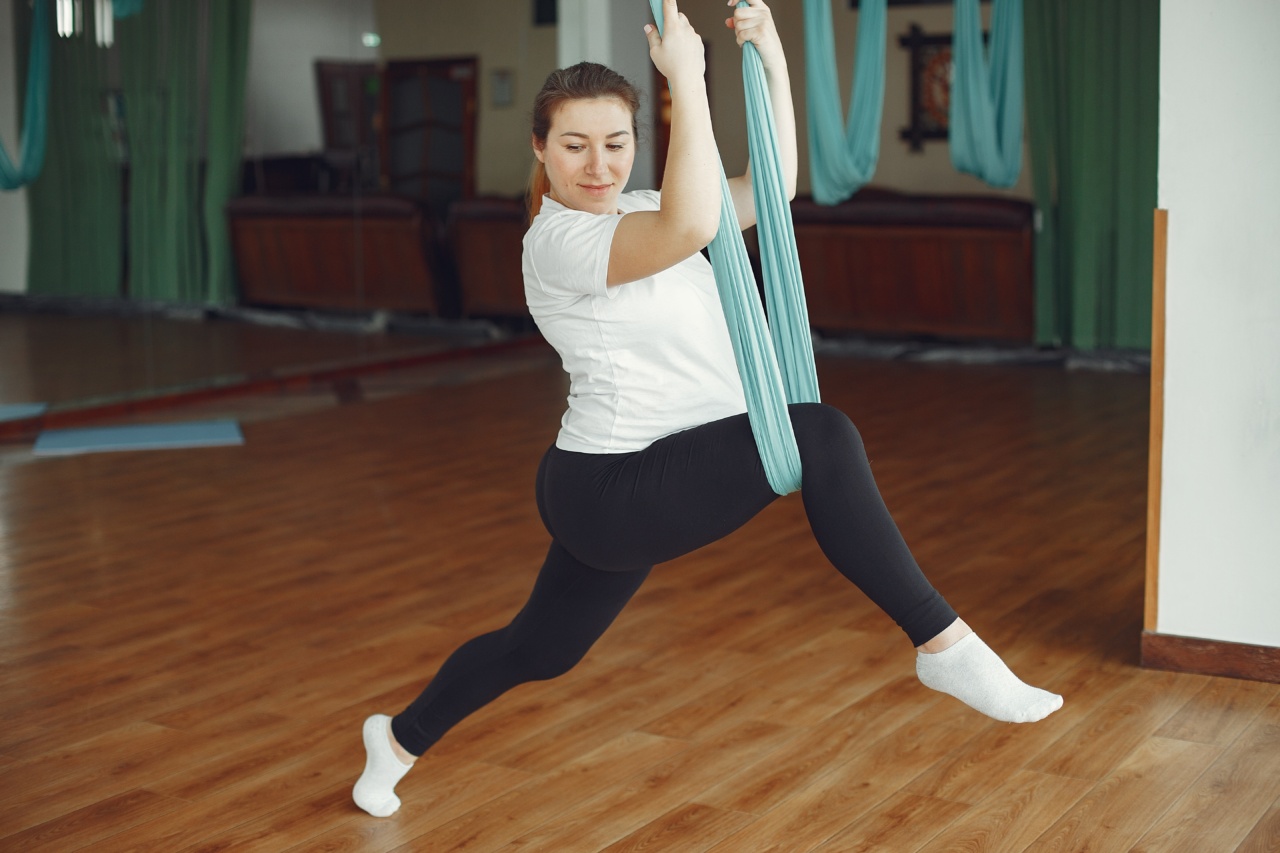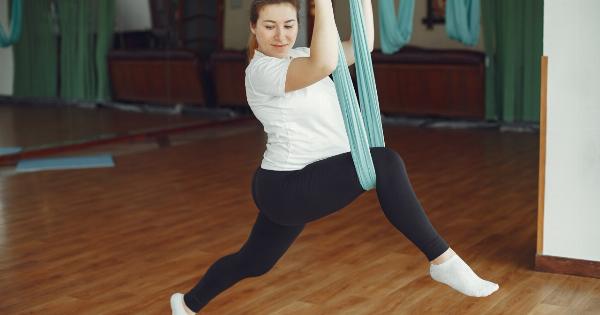During pregnancy, it is common for women to experience a variety of changes in their bodies. One such change is leg swelling, also known as edema.
This swelling is often caused by the increased pressure on veins and blood vessels in the lower body, as well as hormonal changes and water retention. While leg swelling during pregnancy is usually harmless, it can be uncomfortable and bothersome. Fortunately, there are several ways to alleviate leg swelling and find relief from this discomfort.
In this article, we will explore effective remedies and tips for reducing leg swelling during pregnancy.
1. Stay Active and Exercise Regularly
Regular physical activity and exercise are beneficial for overall health during pregnancy, including the reduction of leg swelling.
Engaging in activities such as walking, swimming, and prenatal yoga can stimulate circulation and prevent excessive fluid accumulation in the legs. It is important to consult with your healthcare provider before starting any exercise routine during pregnancy to ensure it is safe and appropriate for you and your baby.
2. Elevate Your Legs
Elevating your legs is a simple and effective way to reduce leg swelling. Whenever possible, elevate your legs above heart level for 15-20 minutes several times a day.
This helps to promote blood circulation and reduce fluid retention in the lower extremities. You can prop your legs up on pillows or cushions to achieve the desired elevation.
3. Wear Compression Stockings
Compression stockings, also known as support hose, can help alleviate leg swelling during pregnancy. These specially designed stockings apply gentle pressure to the legs, promoting better circulation and reducing fluid buildup.
Opt for maternity-specific compression stockings for a comfortable fit that accommodates your growing belly. It is advisable to wear the stockings from the moment you wake up until bedtime for optimal benefits.
4. Stay Hydrated
Drinking an adequate amount of water throughout the day can help reduce leg swelling in pregnancy. Contrary to common belief, staying hydrated actually helps the body release excess fluids and prevent water retention.
Aim to drink at least 8-10 glasses of water daily, and avoid excessive consumption of caffeinated beverages and sugary drinks, as they can contribute to dehydration.
5. Practice Prenatal Massage
Prenatal massage can be highly beneficial for pregnant women experiencing leg swelling. Gentle massage techniques, especially focused on the lower extremities, can stimulate blood flow and lymphatic drainage, thereby reducing swelling and discomfort.
As with any form of massage during pregnancy, it is important to seek the services of a certified prenatal massage therapist who is knowledgeable and experienced in working with expecting mothers.
6. Avoid Standing or Sitting for Prolonged Periods
Prolonged periods of standing or sitting can contribute to leg swelling during pregnancy. If your job or daily routine requires prolonged sitting or standing, try to take regular breaks and change positions frequently.
Take short walks or perform simple leg exercises to keep the blood circulating and prevent fluid buildup in the legs. Also, avoid crossing your legs as it can restrict circulation.
7. Incorporate Foods with Natural Diuretic Properties
Adding foods with natural diuretic properties to your diet can help reduce leg swelling. These foods can increase urine production and flush out excess fluid from the body.
Some examples of natural diuretic foods include cucumber, watermelon, celery, lemon, ginger, and parsley. Consult with your healthcare provider or a registered dietitian to know how to incorporate these foods into your pregnancy diet safely.
8. Cold Compresses
Using cold compresses on the swollen areas can provide instant relief by constricting blood vessels and reducing inflammation. Wrap an ice pack or a cold towel around the affected areas for 10-15 minutes several times a day.
Ensure the cold compress is not too cold or directly applied to the skin, as it can cause discomfort or even damage the skin. Always use a cloth or towel as a barrier between the cold pack and your skin.
9. Limit Sodium Intake
A high intake of sodium can contribute to fluid retention in the body, worsening leg swelling during pregnancy.
Limiting your sodium intake by avoiding processed foods, fast food, and excessive salt in your cooking can help reduce water retention and alleviate swelling. Opt for fresh, whole foods and use herbs and spices to enhance the flavor of your meals instead of salt.
10. Seek Medical Advice
Although leg swelling during pregnancy is often a normal part of the journey, it is essential to consult with your healthcare provider if the swelling becomes severe, sudden, or is associated with other concerning symptoms such as severe pain, redness, or warmth in the legs. These can be signs of a potentially serious condition called deep vein thrombosis (DVT), which requires immediate medical attention.
It is important to remember that every pregnancy is unique, and what works for one person may not work for another. It may require a combination of different remedies or lifestyle changes to effectively alleviate leg swelling.
Patience and self-care are key during this phase of pregnancy. By implementing these tips and seeking proper medical advice when needed, pregnant women can find relief from leg swelling and achieve a more comfortable and enjoyable pregnancy experience.




























